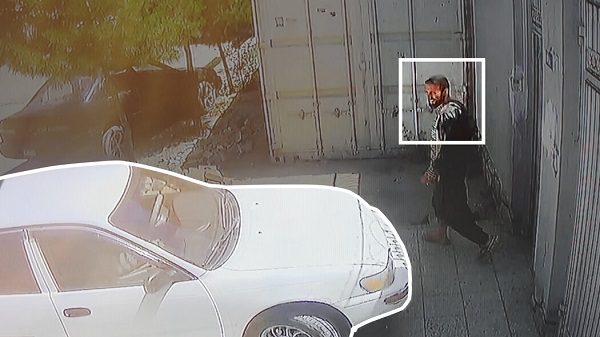
The US mistakenly targeted and killed an innocent aid worker for an American company in a drone strike in Afghanistan, the New York Times suggested in an investigation into the country’s final military action of the recently concluded 20-year war.
US Drone Strike Mistakenly Targeted Afghan Aid Worker
The victim, the newspaper said, was 43-year-old Zemari Ahmadi, who died with nine members of his family, including seven children, when a missile from a US air force Reaper drone strike his car as he arrived home from work in a residential neighborhood of Kabul.
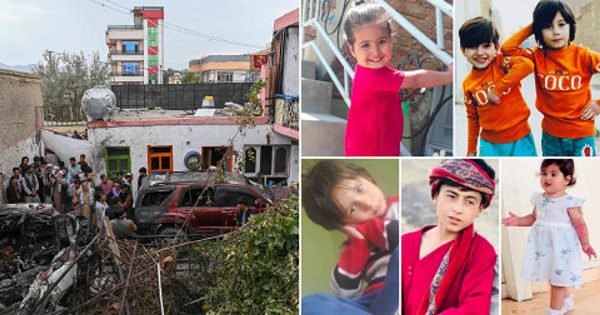
US military officials have insisted the targets of the 29 August operation were Islamic State suicide bombers plotting an attack on Kabul airport similar to that which killed 13 American troops helping with evacuations, and more than 170 others three days earlier.
The action, Gen. Mark Milley, chair of the US joint chiefs of staff, insisted, was a “righteous strike” against Isis-K members who had been observed at points during the day loading what a surveillance team thought to be explosives into the vehicle and visiting a known safe house of the terrorist group.
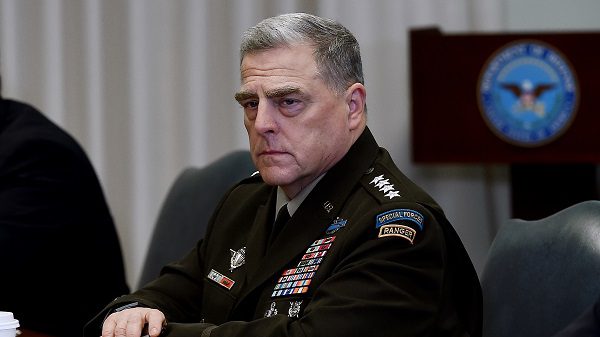
Pentagon Press Secretary John Kirby stood by the intelligence assessment that led to the strike but did not deny there were civilian casualties.
‘U.S. Central Command continues to assess the results of the airstrike in Kabul on August 29. We won’t get ahead of that assessment,’ said Kirby.
‘However, as we have said, no other military works harder than we do to prevent civilian casualties,’ he added.
But the Times’ reporting, compiled from extensive video analysis, interviews with Ahmadi’s colleagues and family, and visits to the scene, casts considerable and potentially devastating doubt on that US official version of events.
What the US military observers figured was Ahmadi acting suspiciously, the newspaper said, was him going about his normal business as a worker for the California-based aid group Nutrition and Education International.
Surveillance video shows him loading the trunk with water jugs, not explosives
His duties that day included dropping off colleagues at various places in Kabul, according to the director of NEI in Afghanistan interviewed by a Times reporter, and the “explosives” in the vehicle were water cartons that Ahmadi filled from a hose at his office and was taking home to his family.
‘I filled the containers myself, and helped him load them into the trunk,’ a guard at the office told the Times.
Leaving work, gave his two co-workers rides home. They told the Times that it was a normal commute, except that Ahmadi did not turn on his car radio to listen to pop music as normal, for fear of running afoul of the Taliban.
When Ahmadi arrived home, his children, nieces, and nephews ran out of the house to greet him, some of them piling into the car as he backed it into the gated courtyard, according to witnesses.
US officials say that operator of the Reaper drone quickly scanned and saw only a single adult male greeting the vehicle, and therefore assessed with ‘reasonable certainty’ that no women, children, or non-combatants would be killed. A Hellfire missile struck the Corolla before its engine shut off.
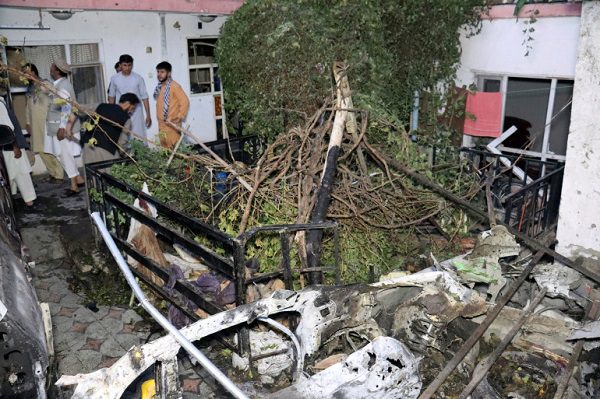
Ahmadi’s brother Romal was sitting on the ground floor with his wife when a sudden blast blew out the windows. They ran outside to discover a scene of devastation and death.
Six of those who died were inside the car, the others were in the garden of the home in the tightly-packed Khajeh Baghra neighborhood.
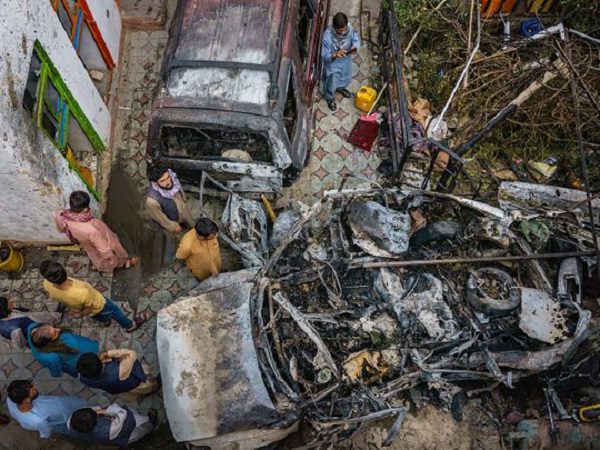
The Washington Post also published its own investigation into the deadly US drone strike, which reached similar conclusions, including that there was no indication of a second, larger explosion at the residential compound that Milley suggested was evidence of explosives in the back of the Ahmadi’s car.
The Post quoted several experts who concluded that the damage captured in images of the aftermath of the strike was consistent only with the explosion of a single Hellfire missile from the drone and subsequent rupture of the car’s fuel tank.
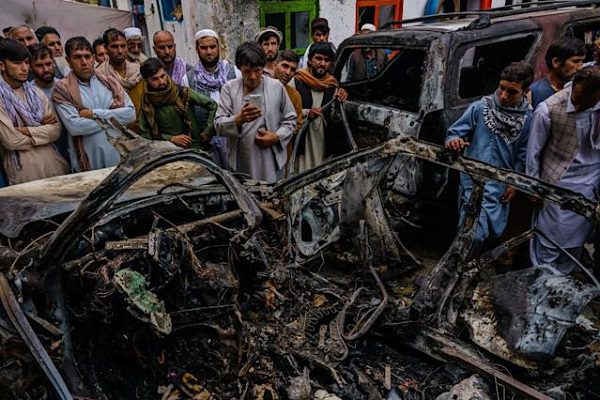
But driver Zemari Ahmadi, 43, was an aid worker seeking asylum in the US.
Ahmadi, who had worked for NEI since 2006, lived at the compound with two of his brothers and their families. The 10 victims, the Times said, we’re all related to him, including three of his own children, aged between 10 and 20, and five other relatives aged two to seven.

“All of them were innocent,” Emal, Ahmadi’s brother, told the Times. “You say he was Isis, but he worked for the Americans.”
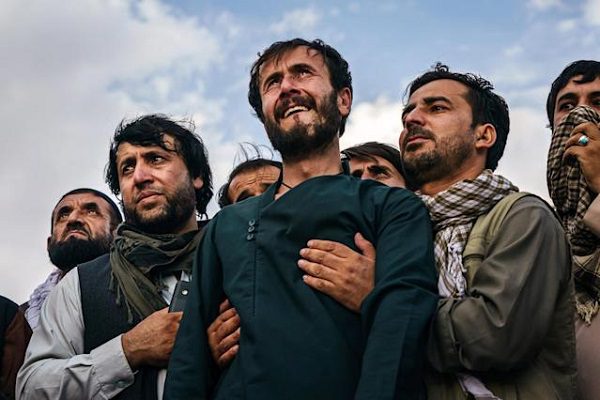
The relative said Ahmadi and a cousin both had open resettlement applications for the US for themselves and their families.
The Times also spoke to neighbors and an Afghan health official who confirmed that children’s bodies were removed from the site. A reporter who visited the following day saw blood splattered on interior walls and ceilings, and photographs provided by Ahmadi’s relatives of the burned bodies of the children.
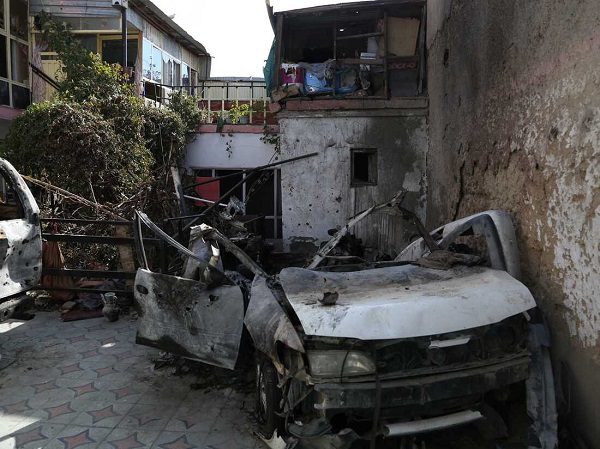
In remarks following the drone strike, Milley conceded the US was aware of at least three deaths. “Were there others killed? Yes, there are others killed. Who they are, we don’t know.”
The Department of Defense is conducting its own investigation into the strike, which the Post reported was not yet conclusive. An anonymous senior military official who spoke to the newspaper said the area where Ahmadi’s car was hit, about four miles west of Kabul airport, was not previously known to military or intelligence analysts.
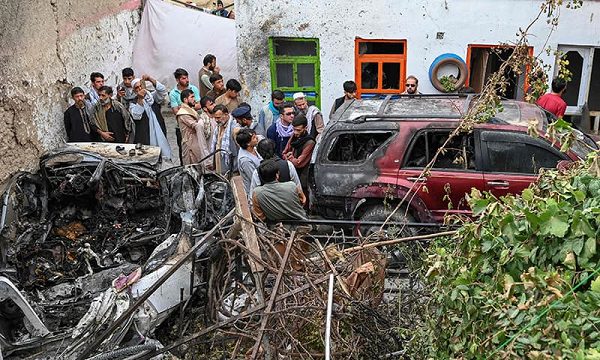
Pentagon officials, including General Milley, insist that there was a second blast after the missile strike, proving the vehicle carried explosives.
But expert analysis of photos of the scene shows no evidence of a second blast. There were no collapsed walls, and the security gate had a single dent, suggesting one shock wave.
The US military already has a deadly record of errors in drone strike operations in Afghanistan. In 2008, 47 civilians, including 39 women and children, were killed as they traveled to a wedding.
